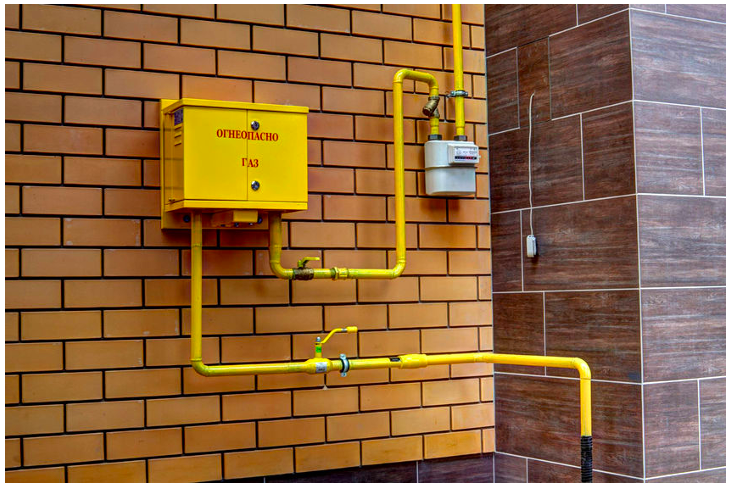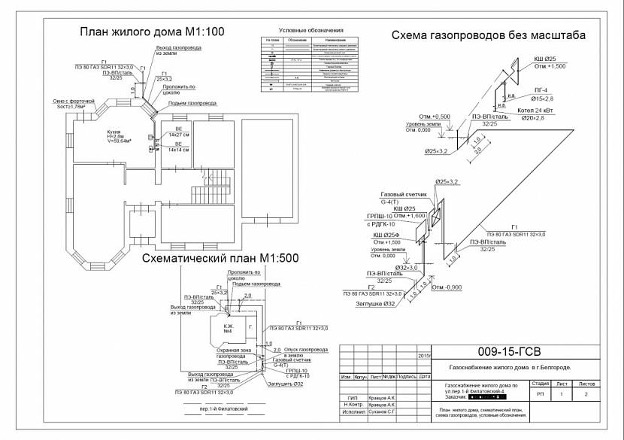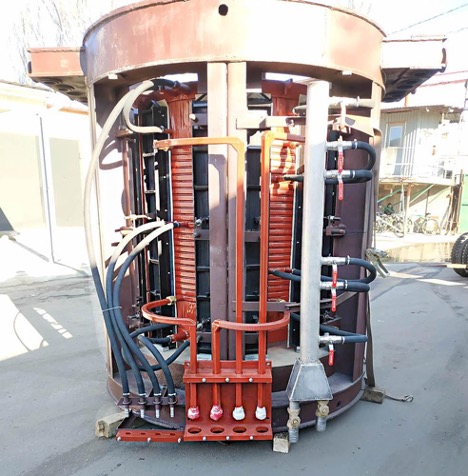Documents for connecting gas to a private house: what are needed, requirements
Gasification of a private home is a complex and multi-stage process that requires compliance with many rules and regulations. An important step is the collection and preparation of documents for connecting gas to a private home. In this article we will tell you what documents are needed for gasification and what requirements apply to this process.

The content of the article
Initial steps for gasification of a private home
Before gasifying a private house, the owner must familiarize himself with the basic requirements and procedure for carrying out the work. At the initial stage, you should obtain technical conditions for gas connection from the local gas company.
List of documents for gasification of a private house
To obtain an up-to-date list of documents for gasification of a private home, your local gas supply operator or relevant regulatory authority will be the most reliable source of information. These organizations usually have updated lists of requirements and documents necessary to legalize connection to the gas network.
Avoid obtaining information from unreliable sources or online forums as this may lead to misunderstanding of procedures and potential legal consequences.Unofficial sources are rarely updated and may contain outdated or incorrect data, which can lead to significant financial losses and time expenditure.
For reliability and completeness of information, it is also recommended to consult with lawyers specializing in gasification and construction issues, as well as with experts in the field of building codes and standards.
Here is the main list of documents for gasification of a private home:
- Technical conditions for gas connection.
- Cadastral passport for land and real estate.
- Gas pipeline design agreement.
- Gas pipeline project.
- Construction permit.
- Acceptance certificate for completed gas pipeline construction.
- Agreement with a licensed gas supply company.
Please note that failure to comply with procedures and regulations may result in administrative or even criminal penalties, including fines and disconnection from the gas network.
Gas pipeline design and installation

Designing a gas pipeline in a private house is an important stage at which design documentation is developed. It includes a gas pipeline laying diagram, calculations and other technical data. Once the project is approved, installation of the gas pipeline can begin.
Requirements for gas connection in a private house
To connect gas to a private home, you must fulfill a number of requirements and procedures, which may vary depending on the region and local legislation. However, there are general requirements and steps that must be completed:
- Technical conditions (TS) for gas connection:
- Contact your local gas supply company for gas connection specifications.
- The technical conditions will include connection requirements, as well as a list of required documents.
- Design:
- Develop a gas supply project, taking into account all the requirements specified in the technical specifications.
- The project must be developed by specialized organizations and approved by the gas supply company.
- Obtain all necessary permits and licenses to carry out gas connection work.
- Construction and installation:
- Carry out the construction and installation of the gas pipeline network in accordance with the approved project.
- Make sure that all work performed complies with safety regulations and standards.
- Checking and commissioning:
- After completing the installation work, order a check of the gas supply system by specialists from the gas supply organization.
- Carry out commissioning work and eliminate identified deficiencies.
- Conclusion of a gas supply agreement:
- Conclude an agreement with a gas supply organization for the supply of gas and its use.
- Make sure to pay for gas consumed and other gas supply services on time.
- Follow all gas system codes and regulations to ensure safe and efficient use of gas.
You should carefully consider the requirements for gas connection in a private home. All work must be performed by qualified specialists in compliance with technological and safety standards.
Conclusion and release of gas to a private house
After installation is completed, it is necessary to check the system, draw up an inspection report and obtain a fireman’s certificate for connecting the gas. The next step will be to release gas into the residential building. It is important not to forget that all documents must be completed correctly and in full.This will ensure that gas is used safely and legally in your home.





